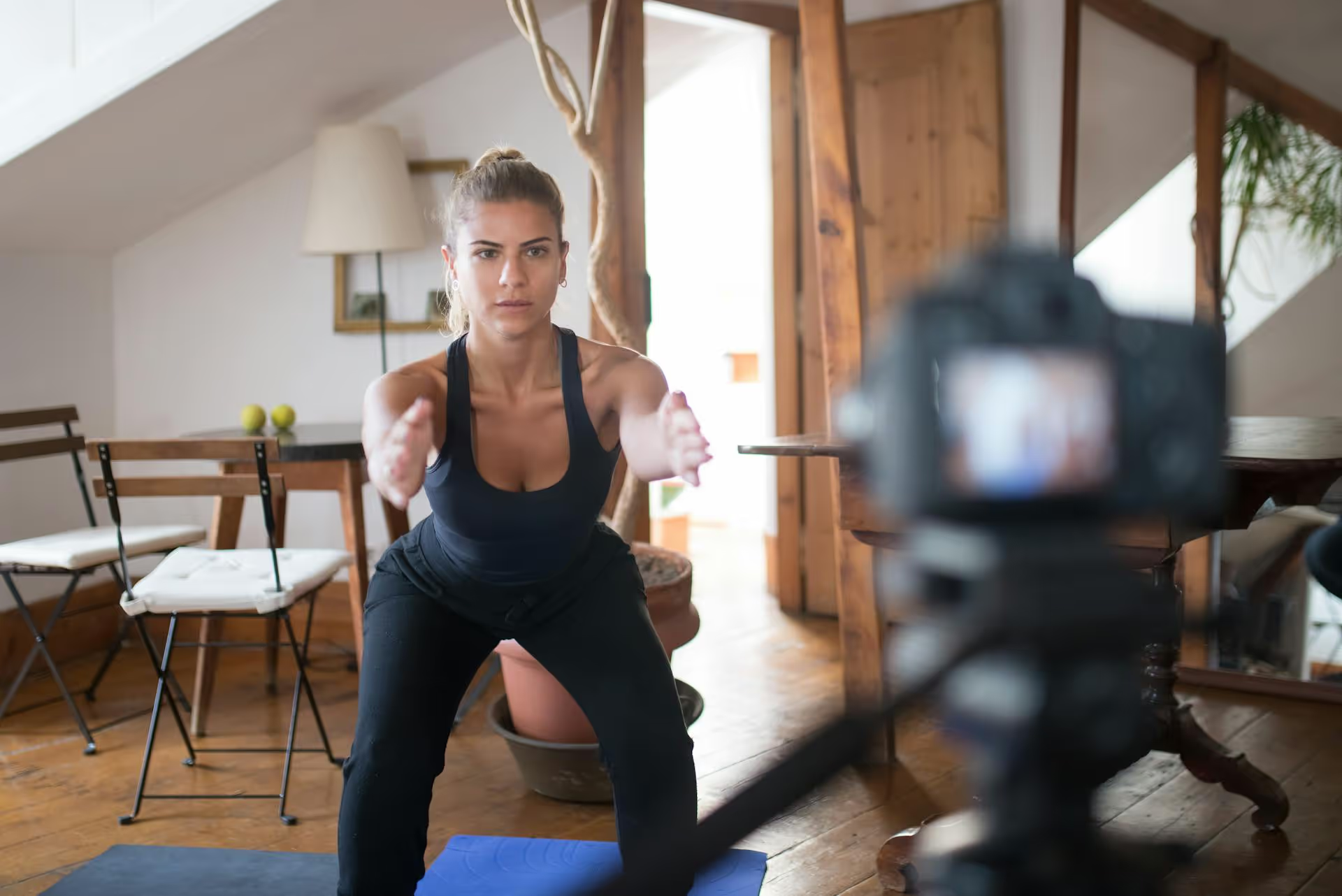How to Add Social Media Icons to an Email Signature
Enhance your email signature by adding social media icons. Discover step-by-step instructions to turn every email into a powerful marketing tool.

Using the right keywords on TikTok is the difference between your video getting lost in the scroll and it showing up for the exact people trying to find your content. It’s no longer just about viral sounds or trending dances, TikTok has become a massive search engine, and a solid keyword strategy is your key to getting discovered. This guide will walk you through exactly where to find the best keywords for your niche and, more importantly, the four key places you need to use them for maximum impact.
Think about how people use Google. They have a problem or a question, and they type it in looking for a solution. People are now doing the exact same thing on TikTok. They’re searching for "easy weeknight dinner recipes," "how to fix a leaky faucet," or "best bookstores in New York." Every search is an opportunity for your content to provide a solution.
This shift from passive scrolling to active searching is what makes "TikTok SEO" so powerful. Instead of relying solely on the For You page algorithm to hopefully push your video to the right audience, you can proactively target users who have already raised their hand and told the app exactly what they want to see. When your video shows up in their search results, you’re not an interruption, you’re the answer. This creates a much stronger connection and leads to higher quality engagement and more followers who are genuinely interested in what you do.
Keyword research on TikTok doesn't require complicated tools. In fact, the best research happens right inside the app itself. Here are the most effective ways to discover what your target audience is looking for.
This is the most direct way to find out what people are searching for. It's simple, fast, and incredibly effective.
Treat this process like a cycle. As you discover new, more specific keywords, type those into the search bar to uncover even more long-tail variations.
Find accounts in your niche that are doing well and treat their content like a library of keyword ideas. Don't copy them, but learn from what's working.
The comments sections on your videos (and your competitors' videos) are a direct line to your audience's mind. It's where they ask follow-up questions and use their own language to describe their problems.
Once you have your list of keywords, you need to place them where the TikTok algorithm can find them. It's not just about hashtags anymore. The algorithm now "reads" and "listens" to your entire video. Here's where you need to integrate your chosen keywords.
This is the most overlooked but arguably most important part of TikTok SEO. TikTok automatically transcribes the audio in every video, and it uses that transcript to understand your content's context. What you say matters - a lot.
Big, bold text on the screen isn’t just to catch a viewer’s attention, it's a massive signal to the algorithm. Just like it reads your script, it also reads the words you place on your video.
Your video description should be more than just a few emojis and hashtags. This is your chance to write a clear, descriptive sentence that tells both viewers and the algorithm what the video is about.
Hashtags are still valuable for categorization and helping TikTok understand your content. The strategy, however, has evolved beyond just using the biggest trending terms.
Mastering TikTok keywords boils down to understanding what your audience is searching for and placing those terms strategically in your spoken words, on-screen text, description, and hashtags. Approach each video with a clear focus on a primary keyword, and you'll shift from hoping for views to actively attracting an audience that’s already looking for you.
Once we nailed down our own keyword strategy, the next step was managing consistent execution without letting things get chaotic. At Postbase, we built our platform's visual calendar to solve exactly this problem for ourselves. It allows us to plan and schedule all our TikToks in one place, seeing weeks of keyword-optimized content at a glance to ensure our posts go live consistently. For us, having a single hub to plan content, review performance, and manage all social conversations is what makes turning a good strategy into real, measurable growth finally manageable. Explore how we do it over at Postbase.
Enhance your email signature by adding social media icons. Discover step-by-step instructions to turn every email into a powerful marketing tool.
Learn how to add your Etsy link to Pinterest and drive traffic to your shop. Discover strategies to create converting pins and turn browsers into customers.
Grant access to your Facebook Business Manager securely. Follow our step-by-step guide to add users and assign permissions without sharing your password.
Record clear audio for Instagram Reels with this guide. Learn actionable steps to create professional-sounding audio, using just your phone or upgraded gear.
Add translations to Instagram posts and connect globally. Learn manual techniques and discover Instagram's automatic translation features in this guide.
Optimize your Facebook Business Page for growth and sales with strategic tweaks. Learn to engage your community, create captivating content, and refine strategies.
Wrestling with social media? It doesn’t have to be this hard. Plan your content, schedule posts, respond to comments, and analyze performance — all in one simple, easy-to-use tool.